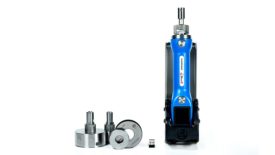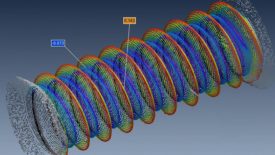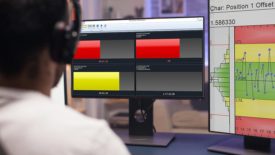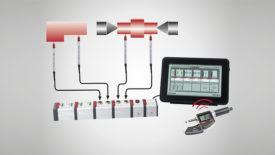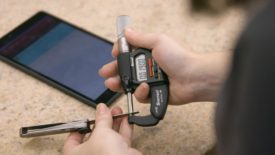Home » gaging
Articles Tagged with ''gaging''
Measurement
Mastering with Deviations for Increased Gaging Performance
The time has come to adopt master deviations as a necessary practice in modern manufacturing processes.
February 24, 2025
Gage Corner | Emily Simonson
Ensuring the Accuracy and Longevity of Your Gages
It’s important to remember that gaging costs are directly influenced by the care, usage, and control exercised over the gages.
February 13, 2025
Column | Emily Hoshor and Sharla Rouwhorst
The Critical Role of Functional Gaging in Manufacturing
When ordering gages, two key factors should be considered.
September 28, 2024
Measurement
Maximizing Precision: How to Care for and Integrate Your Handheld Gages
Quality control is crucial for meeting high product standards, and handheld gages are key to achieving such precision. But how exactly do these tools ensure accurate measurements?
February 19, 2024
More than Laser Gages - Available Today
The added twist in recent years has been the use of a chromatic or "color" focus effect where different colors of light focus at different distances.
August 2, 2023
Measurement
Digital Gaging: Embracing The Accessibility Afforded By Today’s Technology
Data reliability is more important than ever.
May 30, 2022
Measurement
It is Never Too Late to Teach an Old Custom Gage New Tricks
There are myriad ways to breathe new life into existing gages without the need to invest in new gaging.
March 8, 2022
Measurement
Gaging Evolves For Precision, Productivity, Ergonomics & More
Gage design is continually being enhanced and refined.
December 6, 2021
Stay in the know with Quality’s comprehensive coverage of
the manufacturing and metrology industries.
eNewsletter | Website | eMagazine
JOIN TODAY!Copyright ©2025. All Rights Reserved BNP Media.
Design, CMS, Hosting & Web Development :: ePublishing



.jpg?height=168&t=1739484423&width=275)





